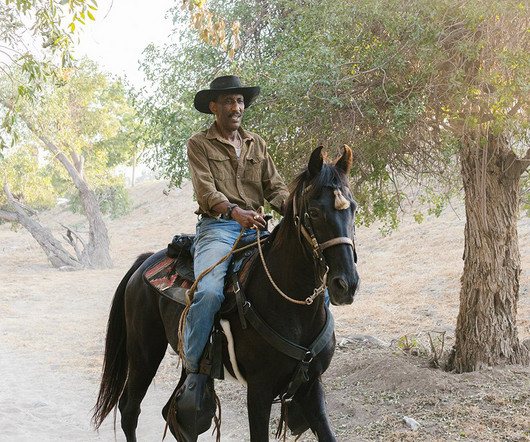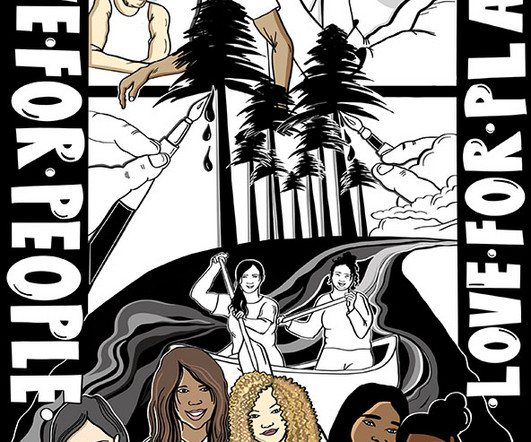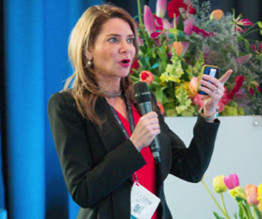The Future of Family Philanthropy
Stanford Social Innovation Review
SEPTEMBER 12, 2022
As close observers of the world of family giving, we are convinced this is an historic moment for families and the future of philanthropy as well. What makes this moment perhaps the most notable time in the history of family philanthropy is that it is a time of crucial choices—with huge potential consequences and opportunities.





















Let's personalize your content